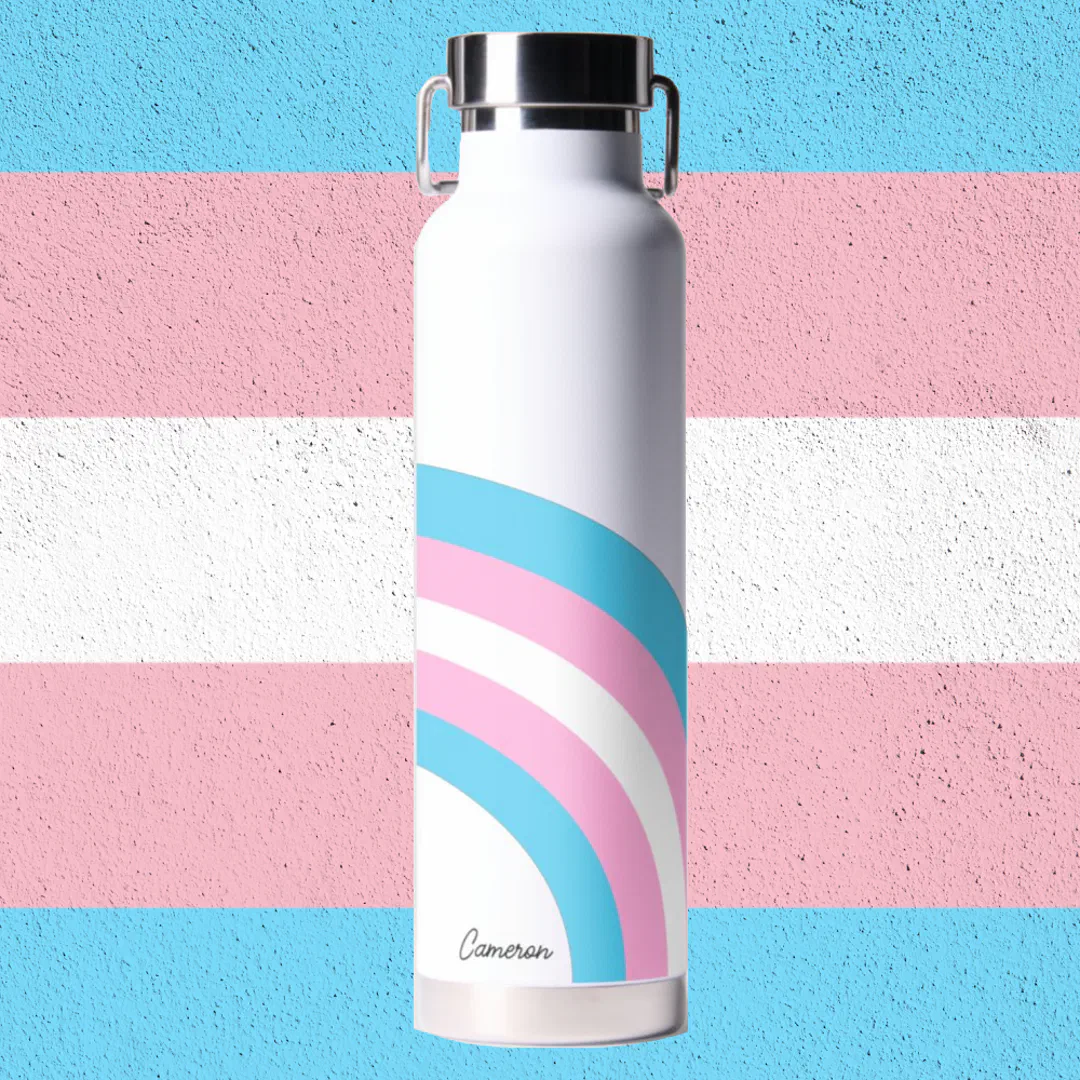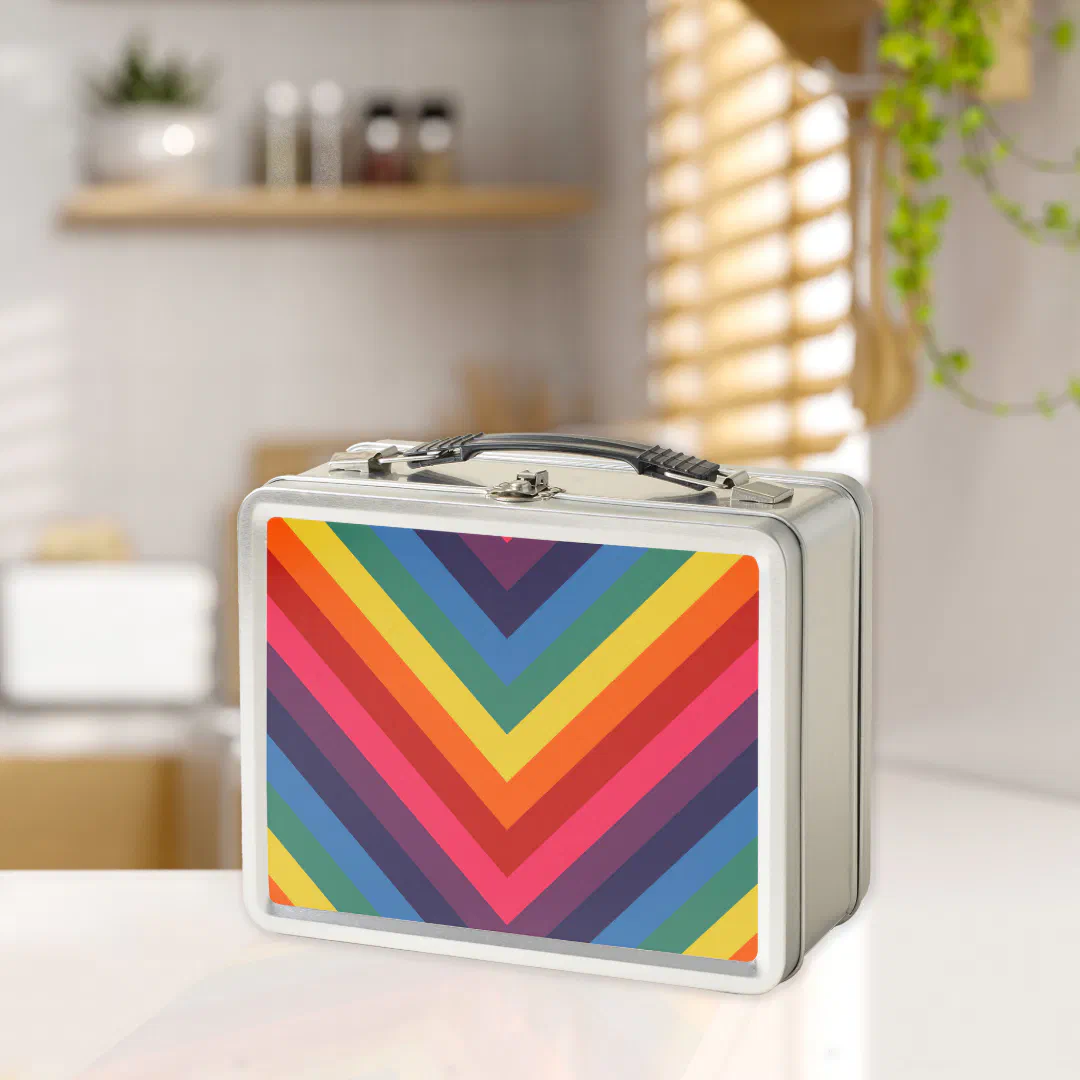Climate change is one of those hot topics that never seems to fizzle out, and for good reason! It’s something we must keep a watchful eye on, if not for ourselves, then at least for the health of our planet. It impacts the environment in many different ways, contributing to rising sea levels and temperatures, increased periods of drought, and higher rates of flooding, to name but a few consequences. The National Oceanic and Atmospheric Administration explains that these events affect our energy, water, agriculture, transportation, wildlife, and general human health. So, what exactly can we do to give our home a little assistance?
Luckily, there are so many lifestyle changes we can make. You might think, “I’m only one person, how will anything I do make a real difference?” The answer is simple: if we all band together and do our utmost to live a more sustainable and eco-friendly lifestyle, then we really can make an impact! Read on for just a few tips on some day-to-day alterations that can make a difference.
Energy Consumption
Switch to a Renewable Energy Source
In order to combat global warming, the long-term heating of the Earth’s surface, world leaders have urged as many people as possible to transition to cleaner, renewable sources of energy. These create energy primarily through water, wind, and solar sources, removing our dependency on fossil fuels. Of course, this might not be possible for everyone, and that’s okay! There are a variety of other things we can do in our day-to-day lives to cut down on our energy consumption – small things like switching to low-emitting or LED light bulbs, and making sure to turn off switches and unplug devices to cut off phantom power usage, can help make a powerful impact!
Invest in Energy-Star Rated Products
Energy Star-rated products are a variety of electronics and appliances that meet the energy efficiency guidelines set out by the Environmental Protection Agency (EPA). They’re specifically designed to lower energy consumption, reduce greenhouse gas emissions, and cut down on utility bills. Naturally, replacing all of your appliances would be a big and costly undertaking. So when, let’s say, your toaster breaks and you need to find a replacement, keep a lookout for those labeled with the blue Energy Star marker.
Waste Management & Recycling
Cut Down on Food Waste
According to the EPA, about one-third of all food in the U.S. goes uneaten! This means that all of that previously yummy grub gets disposed of and sent to landfills, combustion facilities, and right down into the sewage systems. We can cut down on the amount of food waste with just a few simple steps: plan out your meals, store food in the right places, use up your leftovers, and compost whatever’s left! The good thing about bad food is that the worms simply adore it!
Reuse, Reuse, Reuse
It’s time to ditch single-use plastics! Every year, roughly 19-23 million tonnes of plastics enter the world’s aquatic systems, poisoning lakes, rivers, and oceans. The largest part of this consists of water and soda bottles, various takeout containers and utensils, and single-use plastic bags. Let’s try and curb that number by opting for items that can be reused over and over again! Water bottles, travel mugs, and lunch boxes are just a few examples that can create a positive, actionable outcome!
Food & Household Choices
Sustainable Fooding
The Harvard School of Public Health estimates that 30% of greenhouse gases produced are due to various processes of food production. So, what changes can we make to try and tackle that percentage? Consider adopting a more plant-based diet or investing in more local, organic meats, vegetables, and dairy products! Many products also come with a variety of labels, indicating that such products have gone through vigorous testing for their environmental impacts. Keep an eye out for products marked with the following labels: USDA Organic, Rainforest Alliance Certified, Fairtrade Certified, Certified Humane, and Food Alliance Certified!
Sustainable Cleaning
Many cleaning products that we use in our homes can be very harmful to people, animals, and the environment. Green cleaning, which involves using less toxic cleaning products (and chemicals), reduces health risks, improves air quality, and safeguards the planet, all while maintaining peak cleanliness! Look out for some of the following labels on your cleaning products: EPA Safer Choice, Green Seal, EcoLogo, USDA Certified Biobased, and Leaping Bunny. Another alternative is creating your own right from the comfort of your kitchen. You can find so many eco-conscious recipes online using things gathering dust in your cupboards!
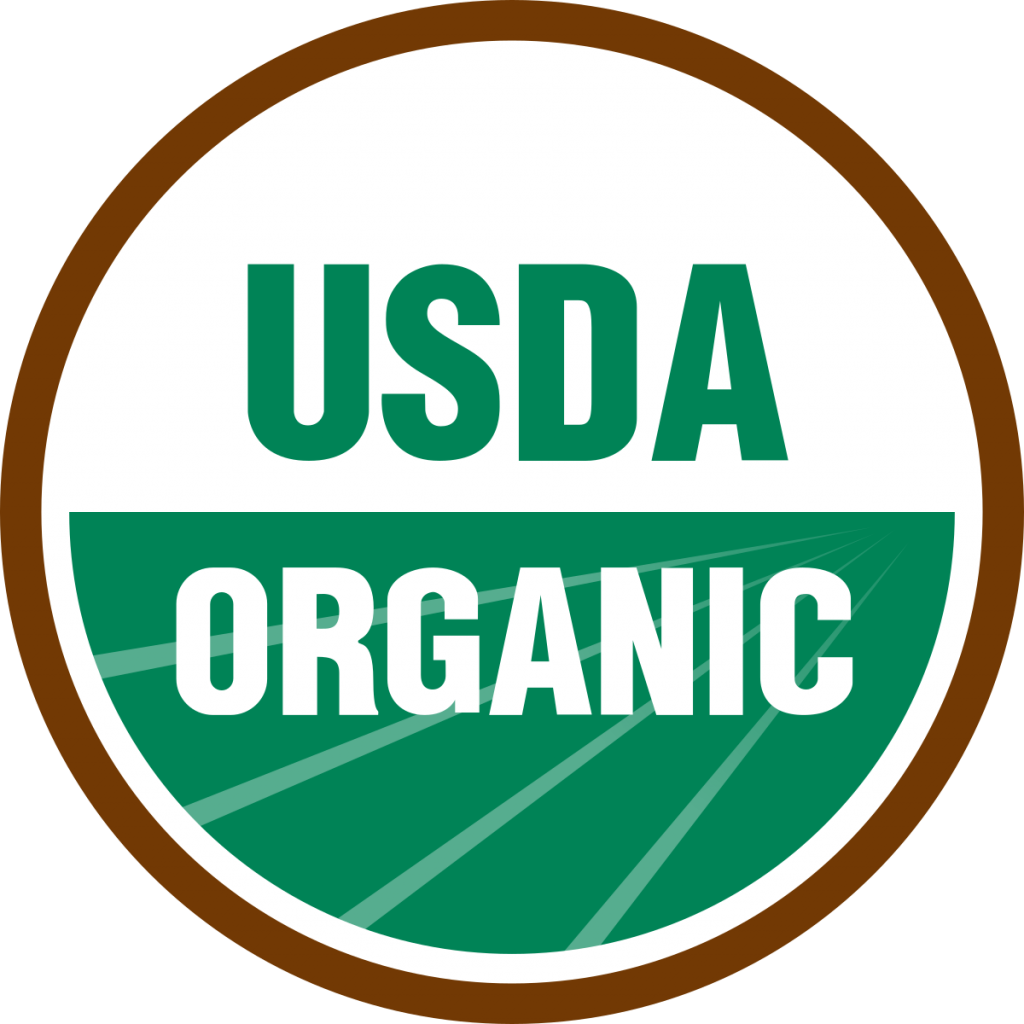
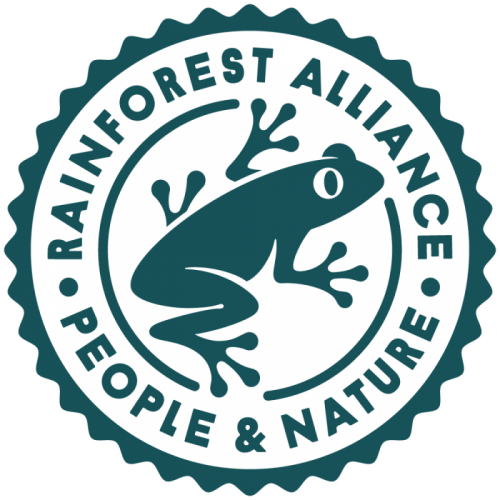
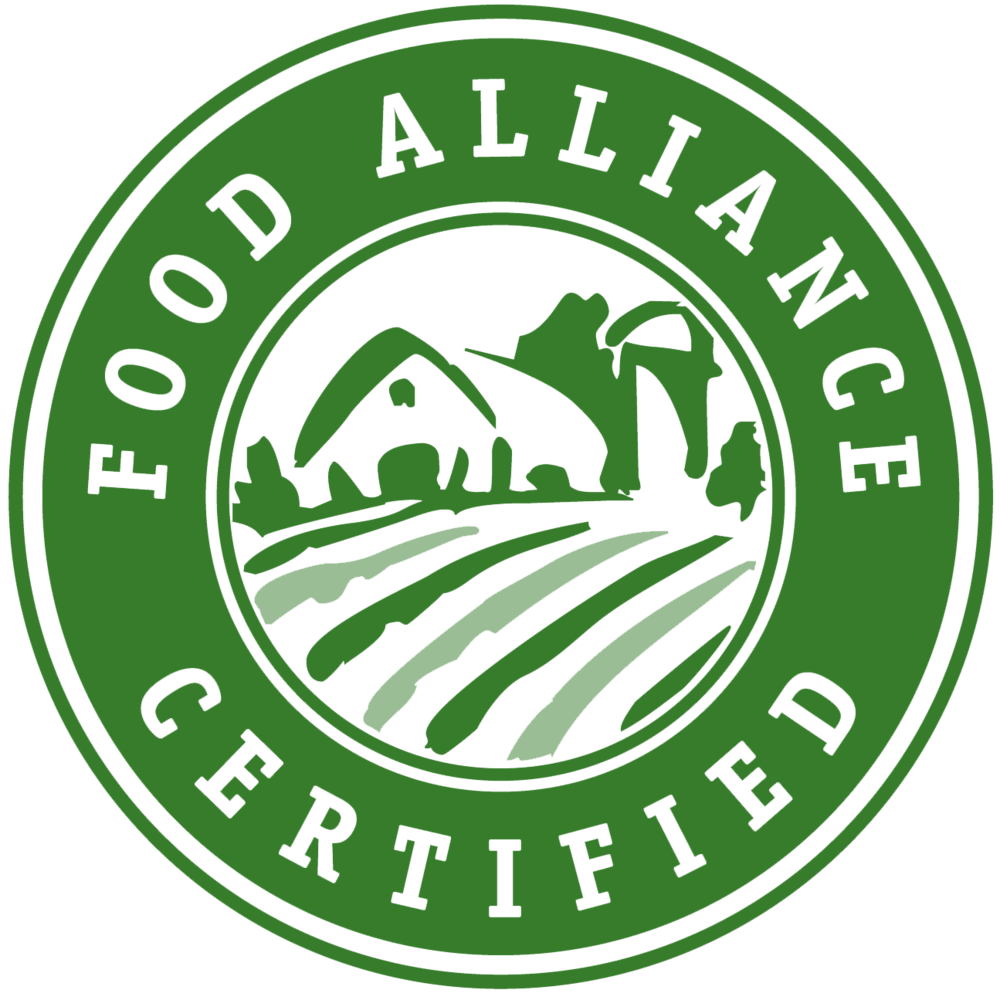
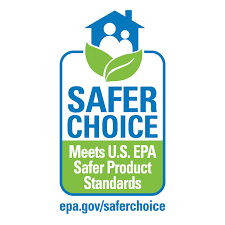
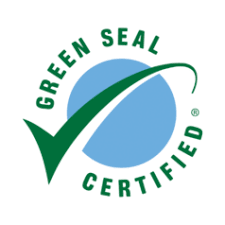

Switching to a more eco-friendly lifestyle doesn’t have to happen overnight. It’s a process that involves making conscious decisions, and each one is a step in the direction of healing Mother Nature! Starting from right now, if you can make one single change, that’ll go a long way! If you’d like to read a bit about some ways to shop more sustainably, check out this article on “How to Be a Sustainable Consumer.”
Adam L is a Content Specialist from Kerry, Ireland. His passions include going for long runs, video games, a love for animals, coffee, and travel!


